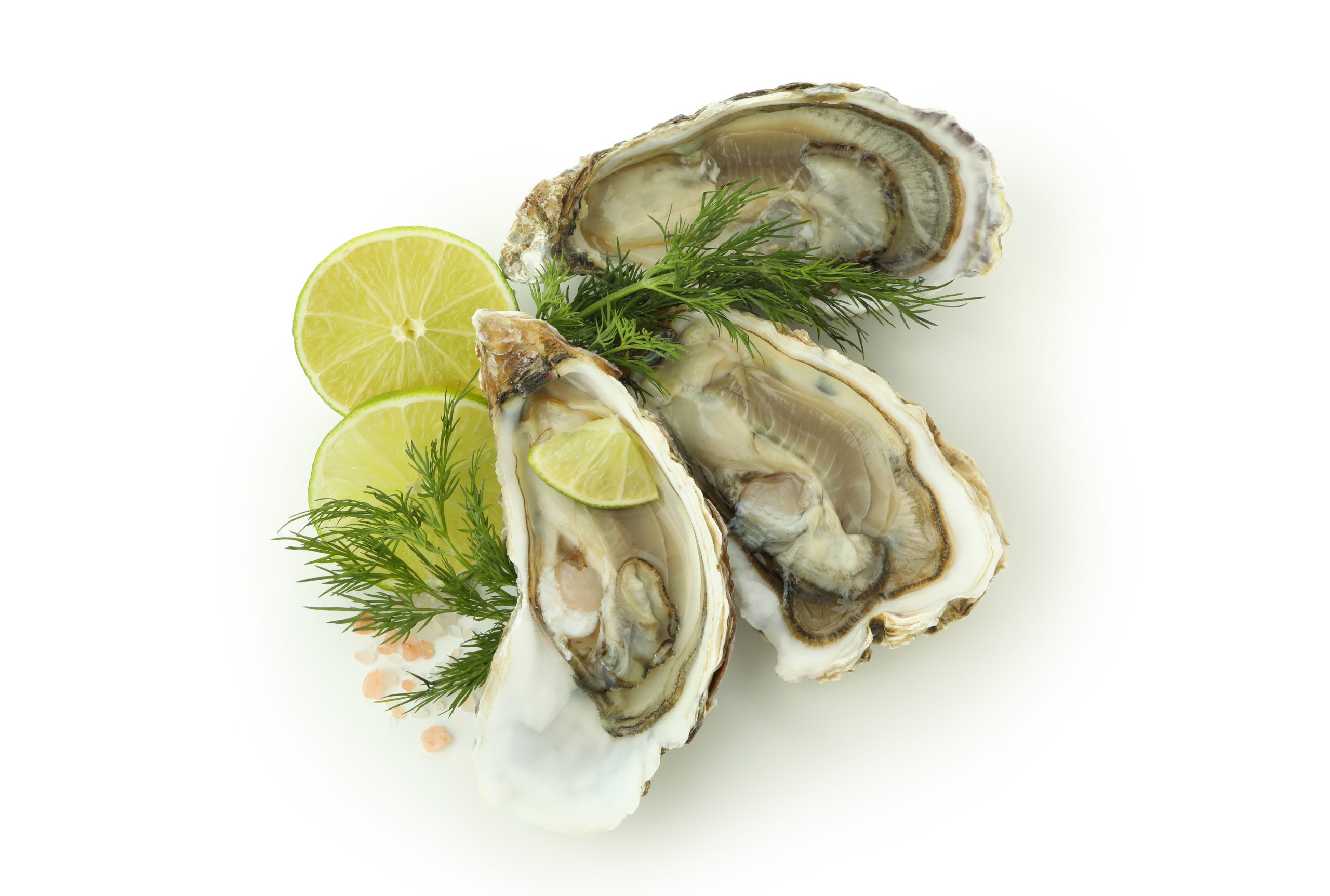After mussels,
oysters farmed in Canada bring in the second-most money from the aquaculture industry. In terms of production volume, they rank third among species raised in Canada. To a greater extent than any other province in
Canada, British Columbia dominates the oyster industry.
Farmed Species in Canada
The American oyster (Crassostrea virginica), also known as the Atlantic oyster, Malpeque oyster, and Eastern oyster, is the most common
oyster species cultivated in Nova Scotia, New Brunswick, and Prince Edward Island. The Pacific oyster is the most common type of oyster raised in BC (Crassostrea gigas).
Where are Canadian Oysters Farmed?
Regarding geography, there is a clear split in Canadian
oyster production between British Columbia (where 56% of the volume was produced in 2013) and Atlantic Canada (where the remaining 44% was produced).
How are the Oysters Farmed?
Oyster larvae collecting and production kicks off the production cycle on a Canadian
oyster farm. Some
farmers in Atlantic Canada and Pacific Canada harvest larvae from the wild. However, it is becoming more common for adult broodstock to spawn in supervised hatcheries, where the resulting larvae are harvested and raised. The water circulation in the tanks keeps the larvae afloat, and they develop into small seeds after a few weeks. Oyster seed is a little
oyster. When the seedling is big enough, it is put into the water to finish growing.
Value
Oyster cultivation in
Canada has generated an average yearly farm-gate value of $11.7 million over the past five years (2011-2015). Nearly 45 percent of this comes from oysters grown in British Columbia, with the rest coming from Prince Edward Island (just over 30 percent) and New Brunswick (approximately 20 percent). The value of a product at the farm gate is equivalent to its retail price.
Oysters Production in Canada
In the last five years, the average yearly production of oysters has been 25,800 tonnes (2011-2015). A majority (60%) of that total came from British Columbia.
The Pacific
Oyster is the most frequently farmed in the world. This kind of clam was brought to
Canada from Japan for the exclusive purpose of aquaculture. It is now grown only in the province of British Columbia, notably in the Strait of Georgia and along the west coast of Vancouver Island. The United States, Singapore, and Hong Kong are the top three markets for oysters from British Columbia.
Growing conditions for American oysters are ideal: warm, shallow bays and estuaries in the southwestern Gulf of St. Lawrence along the coasts of Prince Edward Island and New Brunswick and the coves of Cape Breton's Bras d'Or Lakes. Most of the world's
oysters can only successfully reproduce and thrive in warm, tropical waters.
Issues that Canadian Oyster Farmers Face
Like any other aquaculture or agricultural venture,
oyster farming has its fair share of unforeseeable challenges. Normal risk refers to happenings that can and do go wrong during production, such as bad weather, predators, fouling, etc. Hazards to oyster farms include natural disasters like hurricanes and typhoons and manmade threats like pollution and overfishing. Variations in market pricing, input cost shifts, and regulatory shifts are examples of economic risks that immediately impact a
farmer's bottom line.
Canadian Oysters Export
Canada earned US$19.2 million from the export of oysters in 2020. The United States, Singapore, Hong Kong, China, and Vietnam were the top five markets from 2016 to 2020. With a
CAGR of 8.4% between 2016 and 2020, the United States was the final destination for 84.9% of Canada's export supply in 2020. Shipments of Canadian
oysters fell dramatically in 2020 compared to 2019, largely because of the Covid-19 global pandemic's impact on logistics and restaurant closures. However, exports began to rise again in the first seven months of 2021, and they became better and better in 2022.



